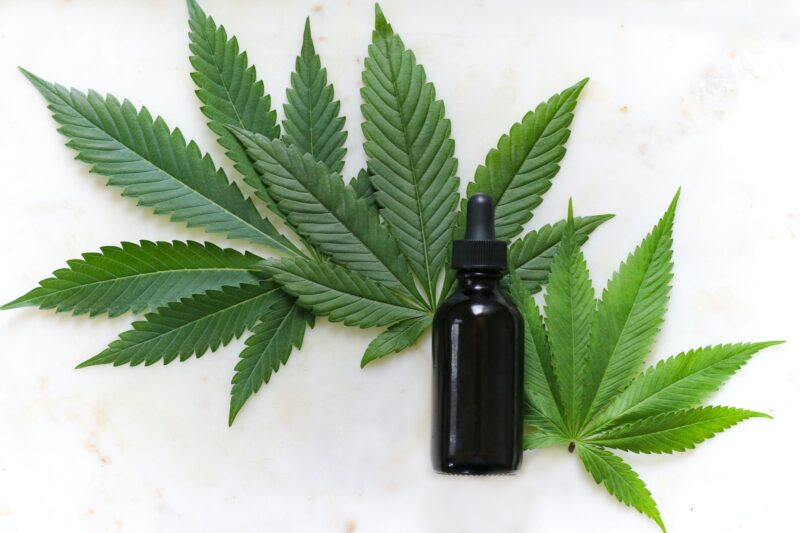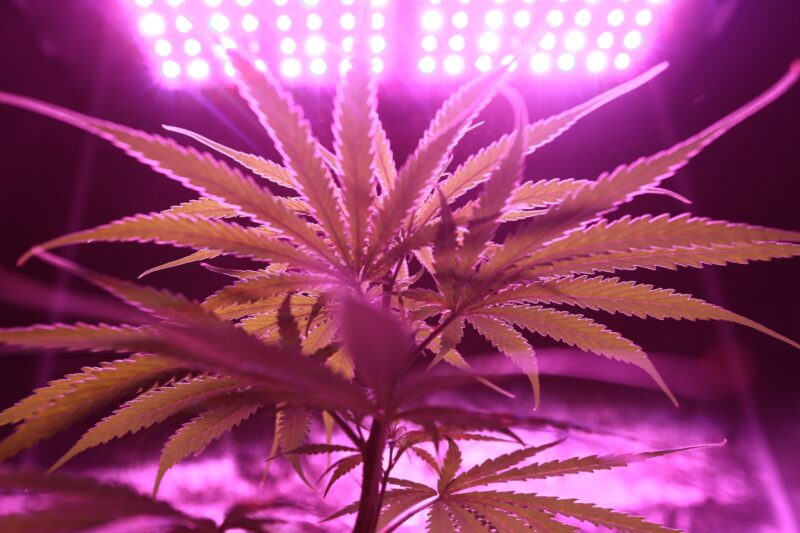Exploring the Entourage Effect: How Cannabis Compounds Work Together

For millennia, cannabis has been cultivated and utilized by various cultures around the world, not only for its psychoactive properties but also for its medicinal benefits. The plant’s myriad of compounds, with THC and CBD being the most renowned, have fascinated researchers and enthusiasts alike. Yet, it is only in recent decades that a growing understanding of these compounds has emerged, leading to the discovery of a phenomenon known as the “Entourage Effect.” This concept suggests that when combined, the various components of cannabis can produce effects that are greater and more multifaceted than when taken individually. Understanding this synergy is not just crucial for those consuming cannabis but also for medical professionals, researchers, and policymakers as we forge ahead in the ever-evolving world of cannabis science and medicine.
Understanding Cannabis Compounds
When many people think of cannabis, they often envision its most famous compound, THC (tetrahydrocannabinol), known for its psychoactive effects. However, the cannabis plant is a treasure trove of over a hundred compounds called cannabinoids, each with unique properties. For instance, CBD (cannabidiol), another prominent cannabinoid, does not produce the “high” that THC does, but is lauded for its potential therapeutic benefits, ranging from anxiety relief to inflammation reduction.
In addition to cannabinoids, the cannabis plant houses terpenes and flavonoids. Terpenes are aromatic compounds responsible for the distinctive smells of different cannabis strains—like the citrusy aroma of limonene or the piney scent of pinene. More than just aroma producers, terpenes also play a role in the plant’s effects on the body. Flavonoids, on the other hand, contribute to the plant’s colors and also possess potential health benefits of their own.
For many years, the emphasis was on isolating these compounds to understand their individual effects. However, a growing body of evidence suggests that they don’t work in isolation. Instead, they interact in a symphony of sorts, each enhancing or modulating the effects of the other, which leads us to the heart of the Entourage Effect.

The Science Behind the Entourage Effect
As the cannabis industry grows and evolves, scientific interest in the plant and its compounds has surged. Central to many of these studies is the exploration of the “Entourage Effect.” At its core, the Entourage Effect proposes that there’s a cooperative interaction between cannabis compounds. In other words, while each compound can have its unique effects, when combined, their effects can be complementary and even amplified.
Research has shown that terpenes, for instance, can influence how our bodies absorb and process cannabinoids. A study published in the British Journal of Pharmacology noted that certain terpenes might increase the brain’s permeability, allowing cannabinoids to be absorbed more effectively. Another interesting discovery is that CBD might counteract some of the adverse effects of THC, such as anxiety or paranoia, creating a more balanced experience for the user.
However, it’s crucial to note that the science behind the Entourage Effect is still emerging. While many studies support its existence and potential benefits, comprehensive, large-scale research is required to pin down the specifics of these interactions and their implications.
Benefits and Potential Therapeutic Applications
The potential ramifications of the Entourage Effect are vast and particularly promising in the realm of medical applications. As researchers delve deeper, they’re discovering that using the whole plant might offer enhanced therapeutic effects compared to isolated compounds. This could revolutionize how we approach treatments for various ailments.
For instance, in the management of pain, a combination of THC and CBD has been shown to be more effective than either compound alone. This synergy might be due to CBD’s potential anti-inflammatory properties complementing THC’s analgesic effects. Similarly, certain terpenes combined with cannabinoids might offer improved anti-anxiety or antidepressant effects.
Epilepsy is another area where the Entourage Effect shows promise. Some patients who haven’t responded well to conventional treatments have found relief with cannabis products containing both THC and CBD. The theory is that these compounds, when working together, can provide a broader spectrum of seizure control.
While these examples are heartening, it’s essential to approach them with cautious optimism. As with all medical treatments, individual responses can vary, and what works for one person might not work for another. However, the potential benefits of the Entourage Effect highlight the importance of continued research and exploration into the multifaceted world of cannabis compounds.
The Importance of Whole Plant Medicine
The cannabis plant, with its diverse array of compounds, offers a unique and holistic approach to health and wellness. Advocates of whole plant medicine stress the importance of preserving the full spectrum of compounds present in the cannabis plant, rather than isolating individual components. The rationale? It’s believed that the natural combination of cannabinoids, terpenes, and flavonoids can provide therapeutic benefits that are greater than the sum of their individual parts.

Imagine the cannabis plant as an orchestra. While each instrument (or compound) can produce beautiful music on its own, it’s the combination of all instruments playing together that creates a rich and harmonious symphony. By using whole plant extracts, we maintain the natural balance and synergy that nature intended. This approach can potentially maximize the therapeutic potential of cannabis, allowing patients to benefit from the full spectrum of its healing properties.
Furthermore, whole plant medicine might reduce the need for high doses of isolated compounds, potentially minimizing side effects and offering a more balanced treatment option. For those seeking a natural and holistic approach to health, the intricate synergy of whole plant cannabis presents an exciting avenue of exploration.
Concluding Thoughts on the Entourage Effect
Navigating the intricate world of cannabis compounds can be both fascinating and overwhelming. From THC and CBD to terpenes and flavonoids, the diverse constituents of the cannabis plant weave a complex tapestry of potential therapeutic effects. Central to this tapestry is the concept of the Entourage Effect, a theory suggesting that these compounds, when taken together, can amplify and enhance each other’s benefits, providing a holistic approach to health and well-being.
The emphasis on whole plant medicine underscores the importance of embracing the natural synergy found within the cannabis plant. While isolated compounds undoubtedly have their place in treatment, the holistic approach offers a broader spectrum of potential therapeutic benefits. However, as with all emerging fields of science, it’s crucial to tread with both enthusiasm and caution. The cannabis industry, and our understanding of it, is ever-evolving. As researchers continue to delve into the depths of the Entourage Effect and the myriad of cannabis compounds, we can look forward to a future filled with more informed choices, tailored treatments, and a deeper appreciation of this ancient plant’s potential.
For consumers, patients, and enthusiasts alike, the journey into understanding cannabis is just beginning. As we continue to learn and grow, may we approach this field with open minds, critical thinking, and a genuine desire to harness the best that the cannabis plant has to offer.

